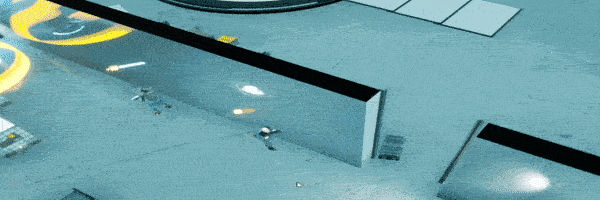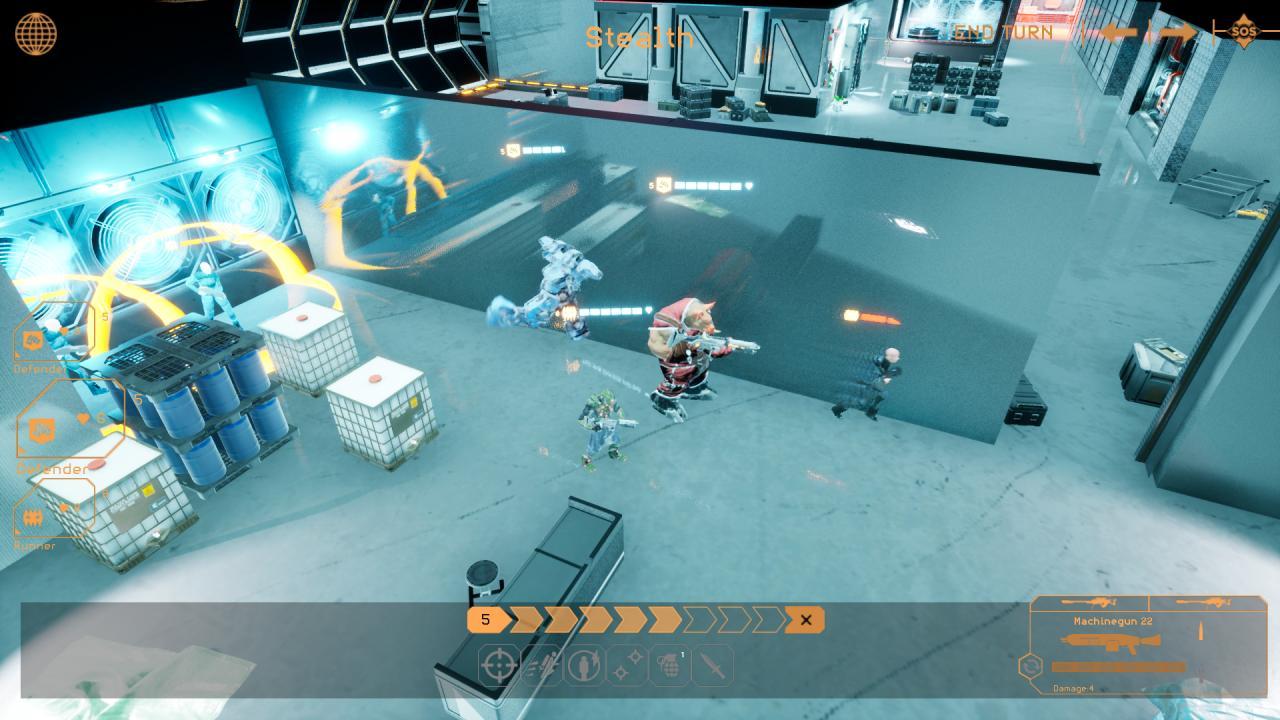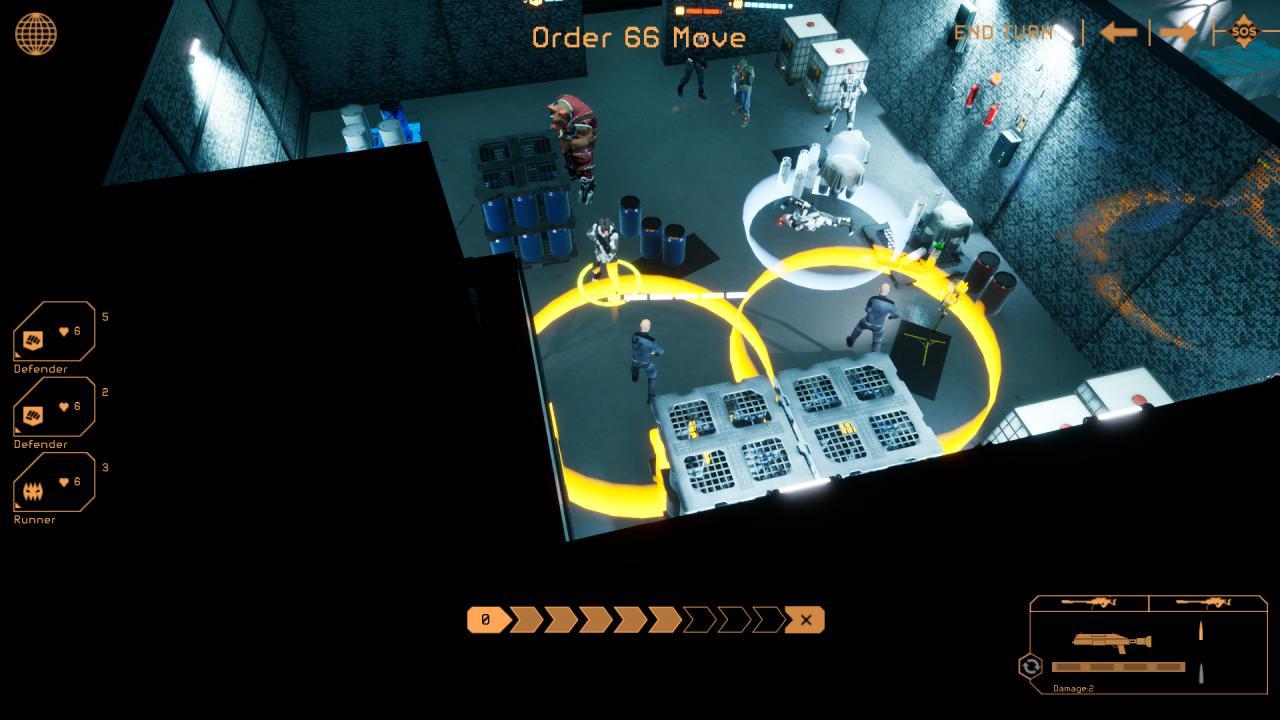Path Of The Indie — Recruitment



We continue the series of articles conducted on behalf of Head of the Game Project Saturated Outer Space
Greetings!
For newcomers here is the first post where you can find who I am and why these articles might interest you.
Disclaimer: I’m not going to tell you how to make video games but I will share my experience and learning process of managing an indie team while following the path.

Don’t hire a person you don’t trust. Trust those you’ve hired.
Chinese proverb
In the previous article I partially mentioned how we scouted for new people and expanded our team. Now I’d like to shed more light on hiring and adaptation processes, assigning responsibilities and features of “voluntary development” discovered.
To remind once again, I describe my own experience gained in the actual project. I used to hire personnel for the companies I was working for but S.O.S. is quite a different story. We all work very hard with enthusiasm and without a reward (yet). That’s why you need an unusual approach to keep high morale. Let me show how our team of enthusiasts works.
Hiring
Hiring and firing people is like ‘sex’. Everyone knows what it is theoretically but it takes lots of practice to understand how it really works. A piece of advice to those who consider hiring employees: start as soon as you feel a need for them. Keep in mind:
- First screening criteria for scouting
- The advantages for a potential candidate to work with you as well as short and long-term bonuses
- Differentiation from other indie studios
- Assessment test for a candidate
- Determination of responsibilities
- Process of onboarding
But hiring is only half of the work. You have to get to “fire” someone sooner or later. First point will be corrected with every person you dismiss. Your first interviews will become more informative after you shuffle off a few (or lots of) people.

After passing 3-4 times the circle of “hire and fire” you will be able to set the primary onboarding. The goal here is to minimize your efforts and time needed to integrate an employee. Try to automate this process as much as possible.
Usually, at the first meeting we discuss following topics:
- The motivation. Why does the particular candidate want to join the gamedev industry? If the answer is simple: “I just want to try” - then it would be better to end the meeting at this point. Probably, that person would be disappointed after several attempts because the gamedev does not live according to their expectations.
- Playing video games. Those applicants who do NOT play at least twice a week would definitely drop off without completing a test. I also recommend not to waste your time on non-gamers even though they can suit the requirements. Obviously, this person will not understand the fun of creating the video game without having fun playing games.
- Participating in other projects. If the candidate is currently in another indie team apart from the daytime job, has a dog, starts a new online course, loves car racing, draws in free time, is a proactive volunteer and it will take him only one step to achieve happiness (after joining your team, of course) then it will be better for you to look for another one. Because he (or she) won’t spare enough time for the project. The golden mean would sound like: “I have a job but want to achieve my dream of development of my own game within my free time. I’m available for 10-20 hours per week”. So spend some time studying how busy the candidate is before taking him/her on board.
- Experience. The professionals capable of developing the complete game on their own are not known to work for free. It is also clear that volunteers not capable of anything would not make a good asset for your team. We look for people with some basic knowledge in one of the fields (level-design, programming, animation, etc.). So, this is the case when all those online courses certificates come in handy. They won’t matter much when applying for the actual job but for an indie team that makes a huge difference. It is great if the candidate tried to create something before and has a portfolio.
- The level of enthusiasm. It’s hard to evaluate. It could be your feelings during the interview or just a subjective perception that partly completes the portrait of the candidate. It is useful when you are in doubt to hire someone but it can't be the bottom line of your decision.
Following the above principles assures you will get a right member for your team in most cases.

The next step is an assessment test. I would say to give something that could be useful for the project, that could test motivation, initiative, engagement and the level of independence of a candidate. If he/she tries to find the answers on his own - great, you'll get along with each other. If he asks for guidance on every step then move forward as this person is time-consuming. You need someone who generates solutions even if they might be improper in the beginning. It’s crucial to be initiative and eager to learn and follow the path of the indie.
Onboarding
By some point there will be a lot of people gathered working with the piles of stuff. When you feel at some point that you have no time for managing the product it means you are well over that point and in need of a Project Manager who will deal with onboarding and minor workflow processes.
For me it happened when our team reached 14 members. I couldn’t do everything: the product management, guiding newcomers, controlling over the build development, game design process, marketing and other things demanded my attention. It was When our producer brought a PM into our team who handled the setting of the onboarding process with the ‘welcome task’ on our task tracker, created a HR folder in Confluence and many other essential things in 6 months. Thanks to him we grew up to 30 members by spring 2020.
The last thing is a memorable lifehack for indies: people work better in pairs. We figured that out empirically. It’s very hard to work alone. When you have a partner it makes less punishing and more fun when following the indie path. You are more engaged in the development process achieving results faster while gaining experience and earning level-ups. In our case it’s much easier to exchange ideas, opinions, knowledge and utilize technology of the production pipeline.
This part covers the time from April 2019 to June 2020.
The moral of the story:
1. Create and customize the procedures of integrating and dismissal before expanding your team.
2. When reaching the threshold of 10 members start searching for an assistant with cross functional responsibilities including the interaction with the team, administration and HR.
3. Trust your people and delegate tasks. You can’t do everything by yourself.
4. Maintain a healthy and effective working climate. You make your project together so support and respect each other. If someone requests a short vacation - grant it. It will do you good in the long run.
5. Keep an eye on your team. No one should be left alone with his task and thoughts about the project. Try to focus on the project’s vision and revise it constantly. Otherwise, you risk to end up with developing completely different games.
Atmosphere of mutual respect, basic order in business processes will give your team the primary sense of working on the common thing that might transform into something big and exciting. I believe this is one of the pillars of intangible incentive.
Saturated Outer Space
Lead a squad and set a course towards distress calls. Extinguish fires, remove obstacles, eliminate enemies!
| Status | In development |
| Author | Rummy_Games |
| Genre | Strategy |
| Tags | Aliens, Difficult, Isometric, Sci-fi, Singleplayer, Space, Tactical, Turn-based, Turn-Based Combat, Turn-based Strategy |
| Languages | English, Russian |
More posts
- Path Of The Indie - Team BuildingDec 28, 2020
- Path Of The Indie - Processes and PipelinesDec 28, 2020
- Path Of The Indie - Funding Our GameDec 28, 2020
- Path Of The Indie - How We Let People GoDec 03, 2020
- Path Of The Indie - Work During PandemicDec 03, 2020
- Screenshot Saturday 14/11/2020Nov 14, 2020
- Path Of The Indie — Rebuilding The PrototypeNov 13, 2020
- Path Of The Indie — New AcquaintancesNov 12, 2020
- Screenshot Saturday 07/11/2020Nov 07, 2020
Leave a comment
Log in with itch.io to leave a comment.